28 August 2014
Crowd sourcing hearing aid innovation
Researchers from Essex University made their hearing aid algorithm available for free to tempt others to follow their lead developing a new generation of device. What happened next?
In 2012 professors from the Essex Hearing Research Laboratory at Essex University released BioAid, a free iPhone app that could turn a smartphone into a rudimentary hearing aid.
The app was given away free to encourage wider use, creating a testing environment for their hearing aid algorithm that allowed the research team to fine tune the way it picked out sound and delivered it to people with different levels of hearing.
To date the app has been downloaded over 35,000 times.
Smartphones and hearing aids
Smartphone use has grown exponentially since 2007, with some sources suggesting over 70% of the UK population now own an internet enabled mobile phone. This modern communication revolution has also led to a revolution in hearing aid technology, with many modern devices using smartphones to perfect and extend their functionality.
Smartphones (and tablet computers) are now used as anything from an easy way to adjust the settings on your hearing aid to an extra microphone that extends and modulates the range of sounds your can hear through your ear-mounted aids. More futuristic uses include music streaming, sound recording and even closed captioning.
Open Source Ear-gorithms
Anyone with a smartphone has all they need to create a rudimentary hearing aid – a microphone, speaker and plenty of computing power. The real complexity, and what sets hearing aids apart, is the quality of the algorithms different hearing aids use to cut out background noise and modulate loud and quiet sounds – essentially mimicking the noise filtering function of the human brain.
The BioAid wasn’t the first app that looked to utilise the power of modern mobile phones to create a hearing aid, but the project was special as it opened up the computer code to others.
“The message is out about allowing users to play with a low-cost/ free pocket hearing aid,” says Ray Meddis, who coordinated the initial BioAid project. “BioAid, as it stands, could be improved in many ways and we feel that the best way to bring this about is to involve the wider community of techies and to encourage creativity."
And the efforts of that ‘wider community of techies’ could begin to bear fruit. We’ll be featuring a guest blog from Ray in the coming weeks and hearing about some of the developments that have come from the original BioAid code.
Find out more about the BioAid story and download the source code

Press enquiries
Media enquiries should be directed to [email protected] or call 020 7298 5110.
We are happy to put you in touch with our expert policy advisers who can comment on a variety of issues.
You can also follow us on Twitter and LinkedIn.

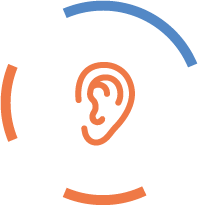 Your hearing and aural health
Your hearing and aural health 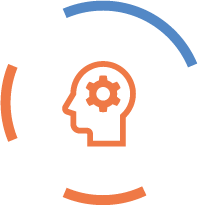 Commissioners and Policymakers
Commissioners and Policymakers 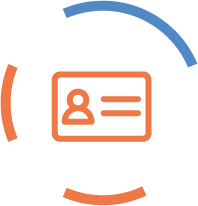 Member support and guidance
Member support and guidance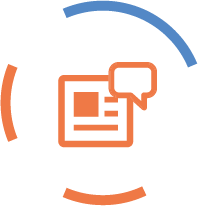 News and views
News and views
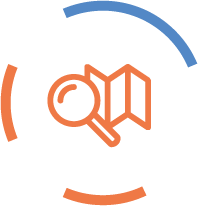 Hearing map
Hearing map
